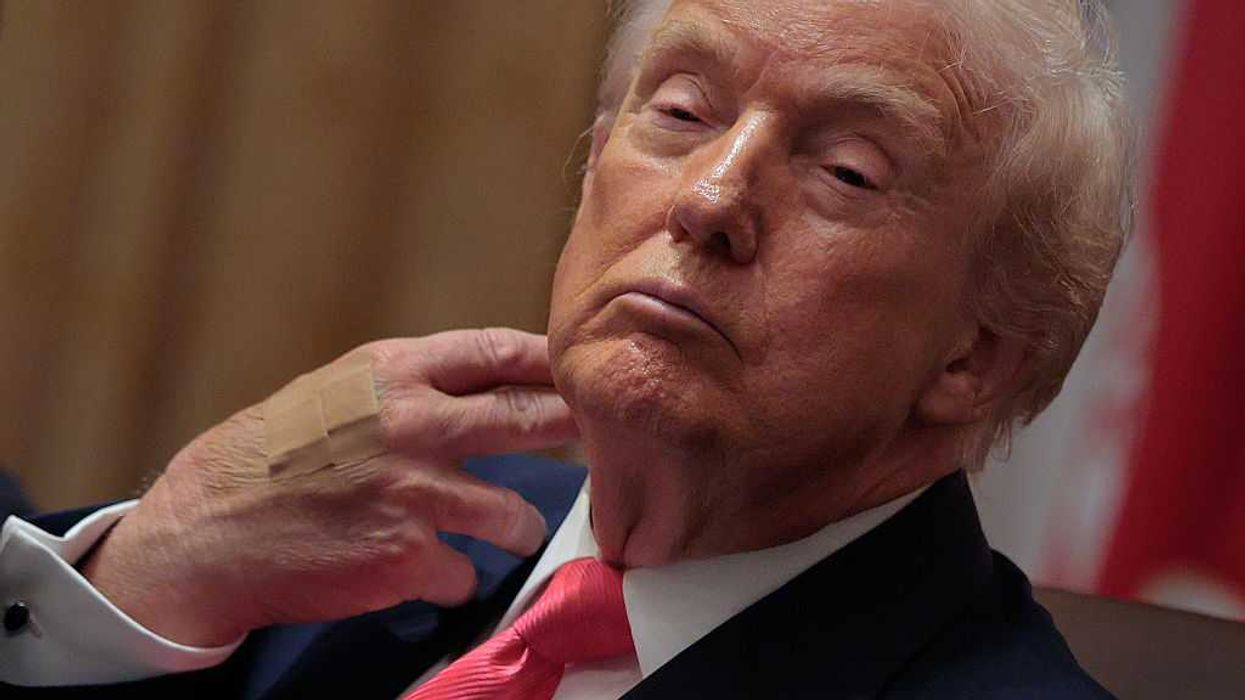Waldman is president of the Brennan Center for Justice at New York University School of Law.
The racial turnout gap — the difference in voter participation between white Americans and Americans of color — nearly closed in 2008. This was part of a 40-year trend that began with the civil rights revolution of the 1960s, including the passage of the 1965 Voting Rights Act. And the closing gap was an encouraging measure of progress.
Unfortunately, this progress is now reversing. A landmark Brennan Center report shows that, for the last decade, the racial turnout gap has been widening.
Many factors contribute to voter participation, but the data shows that a 2013 Supreme Court decision has played a major role in exacerbating the racial turnout gap.
In Shelby County v. Holder, the Supreme Court suspended a key provision of the Voting Rights Act. Section 5 required jurisdictions with a history of racial discrimination to obtain federal approval before changing their voting rules. It was perhaps the nation’s most important check on voter suppression.
Justice Ruth Bader Ginsburg memorably summarized the absurdity of Shelby County’s logic this way: “Throwing out preclearance when it has worked and is continuing to work to stop discriminatory changes is like throwing away your umbrella in a rainstorm because you are not getting wet.”
Several states, freed from federal review by Shelby County, have passed dozens of new laws making it harder to vote. That trend is ongoing: last year alone, at least 14 states passed 17 restrictive voting laws.
Shelby County and the resulting restrictive voting laws set the stage for a national experiment on voter suppression. My colleagues Kevin Morris, senior research fellow and voting policy scholar, and Coryn Grange, research associate in voting rights, compiled nearly 1 billion vote records across 14 years. We believe it’s the most comprehensive set of such data ever collected.
The data shows that the racial turnout gap is growing almost twice as quickly in regions that used to be covered by Section 5 than in the rest of the country. This accelerated reversal helps quantify the effect of losing Section 5 on voters of color, as well as the link between the voter suppression laws made possible by Shelby County and depressed turnout in these communities.
In the 2022 elections, the white-Black turnout gap in formerly covered regions was 5 percentage points higher than it would have been had the Voting Rights Act remained in effect. This is the Shelby County effect — hundreds of thousands of voters of color now sit out elections in places where voter suppression has flourished.
The effect remains present even when taking account of the traditional drivers of voter participation. We controlled for income and education, for example, and the turnout gap remains. This study is strong evidence that voter suppression carries real consequences for voters of color.
Public response to the Brennan Center’s findings has been encouraging. The New York Times featured the report in its Sunday print edition, and many other national outlets covered the study and quoted experts who vouched for its integrity.
Now we will dig further into the reasons for this widening turnout gap. Two dozen social scientists presented papers at a conference at NYU School of Law, “The Racial Turnout Gap in the 21st Century.” They explored the full array of factors at work — voting laws, social trends, political alienation, party mobilization and more.
I hope you’ll read the report. In recent years, the “but actually” crowd has claimed that voter suppression isn’t a real problem. We believe this new data — to repeat, 1 billion vote records — should be the final word in this debate.
This article was first published March 6 in Waldman's weekly newsletter, “The Briefing.”



















